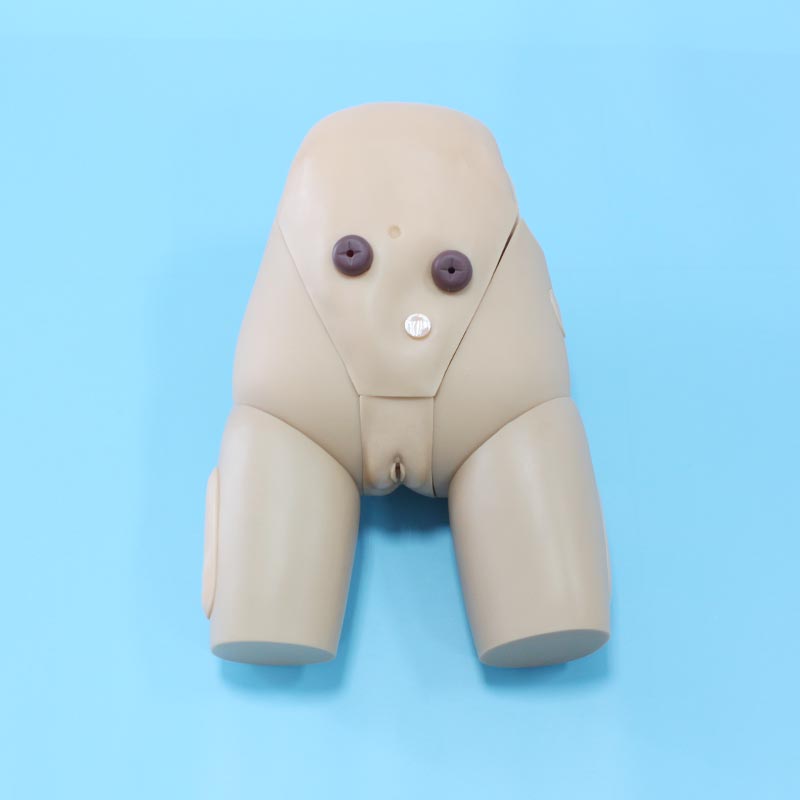Female catheterization model plays an important role in medical training, mainly due to its advantages in improving training effect, ensuring patient safety and promoting innovation in medical education. Here is a detailed analysis of the reasons:

Improving skills: The female catheterization model provides a highly simulated training environment that allows participants to practice repeatedly without having to touch real patients. This model simulates the real female urethra and bladder structure, so that students can familiarize themselves with various aspects of catheterization technology, such as correctly identifying the urethral opening and mastering the depth and Angle of catheter insertion. Through repeated training, students can master the catheterization technology and improve the operation skills and accuracy.
Ensure patient safety: In practice, irregular catheterization may lead to a number of complications, such as urethral injury, infection, etc. Training with a female catheterization model can effectively avoid these risks. Students can practice in a safe, risk-free environment to avoid harm to patients. At the same time, the model can also simulate different clinical scenarios, so that students can better adapt to various complex situations and improve their coping ability.
Reduce medical costs: The female catheterization model is reusable and can meet the training needs of a large number of students. Using models for training can significantly reduce healthcare costs compared to traditional teaching using real patients. In addition, because the model is simple to operate and easy to maintain, it can also reduce the loss of equipment and maintenance costs.
Promoting innovation in medical education: With the continuous development and innovation of medical technology, female catheterization models are constantly updated and improved. Some advanced models use virtual reality technology, sensor technology and other high-tech means to make the training process more realistic and vivid. These innovations not only improve training results, but also bring more possibilities to medical education. For example, through virtual reality technology, students can simulate real clinical scenes and carry out immersive learning; Through sensor technology, the model can provide real-time feedback on the student's operation, providing personalized guidance.
To sum up, female catheterization models play a vital role in medical training. It not only improves the operational skills and coping capacity of the trainees, but also ensures patient safety, reduces healthcare costs, and promotes innovation and development in medical education. Therefore, female catheterization models will continue to play an important role in medical education in the future.
